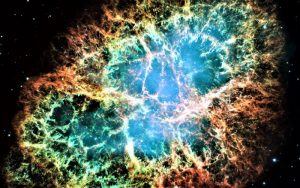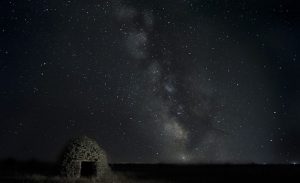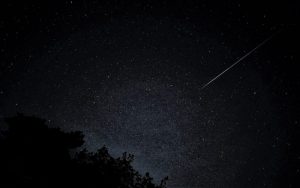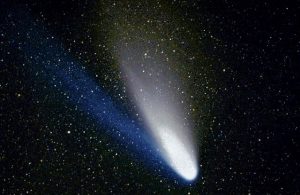Perseids
Each time a comet manages to enter the solar system, its interaction against the solar wind causes its surface to lose strength and power with the result that the gases and the different materials that make up the comet go out into space and orbit around the sun in orbits that are very similar to the one of the comet that gave them their origin. This is how a ring of particles or meteors is created. The Earth's orbit passes through some groups of these comets producing a meteor shower, known as Perseids. Perseids are also known as San Lorenzo tears and receive this name because they happen near the San Lorenzo festivities. The particles that form the Perseids have been created by the comet Swift-Tuttle traces and happens during the same date due to translation movement of the earth around the sun.
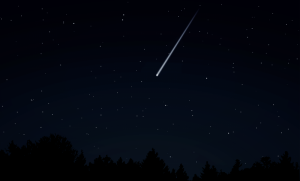
- Period: From 17 July to 24 August
- Apogee: From 11 to 13 August
What are Perseids?
Perseids are a shower of meteors originating from the Swift-Tuttle comet. They are generally known as San Lorenzo tears, and we can always observe them on the same date of the year, due to the earth's translation movement by the sun.
History of the Perseids
The Perseids are star rains very recognized in countries that enjoy a Catholic tradition and are known as Saint Lawrence Tears or San Lorenzo tears, since one of the days on which they can be enjoyed, specifically August 10, is dedicated to the Saint. During the Middle Ages and Renaissance, the Perseids were remembered as the tears that St. Lawrence had shed at the time he was burned on a grill. The oldest records of this meteor rain date back to A.D. 36.
In the year 1835, the astrologer Adolphe Quetelet, showed the world a meteor shower formed in August, with its radiant in Perseus, which is a constellation located to the north that represents Perseus, a mythological hero who according to history, managed to decapitate and assassinate Medusa. In Perseus, we find open clusters containing groups of up to 100 stars, located 1400 light years away and approximately 180 million years old. It is worth mentioning that Perseus was a semi-God, son of the famous Zeus and the mortal Danae.
Using Athena’s bronze shield as a mirror, he was able to split Medusa’s head and sprout his blood, from which Pegasus, his horse, was born. Perseus’ constellation represents a strong warrior armed with Hades’ helmet, Athena’s shield, and Medusa’s head in his hand.
Stars rain
When a space object, usually a comet, manages to enter the Solar System, it interacts with solar wind causing its surface to activate. Comets have a large amount of gases and materials on their surface which, when they come into contact with each other, are quickly propelled into space and start orbiting around the sun in an orbit very similar to that of the comet, from which they were detached. In this way, a great ring of particles is formed, meteors.
Every time the earth passes through a group of these meteors, a meteor rain is created, what we know as the star rain. When meteors enter the earth’s atmosphere, they form a line full of light, which is commonly known as a shooting star. These manage to disintegrate at approximately 100 kilometers of height, they have a quite great brightness and a mass capable of crossing our atmosphere until touching the surface.
When Perseids can be seen
The famous and expected Perseids can be seen anywhere in the sky, however, one of the best places to observe them is to the northwest. In this cardinal point, Perseus constellation is located. They can be observed in any city or country, especially in places far away from cities to avoid the light of artificial lights. In order to observe them you will not need large telescopes, and they are not very recommended either, because, although they are very useful devices, during a star rain, they will cause a visual field reduction, and it will be more difficult for you to observe them.
Where Perseids can be seen
Perseids rain can be observed anywhere in the world, however, in places like Spain, there are activities and lists of places to observe them. In places like Madrid, there are even special programs dedicated to the night of the Perseids, generally celebrated on August 10, in which you will be able to see the rain of stars accompanied by scientists. But basically, everyone will be able to enjoy it.
How to cite this article?
Briceño V., Gabriela. (2019). Perseids. Recovered on 4 January, 2025, de Euston96: https://www.euston96.com/en/perseids/



